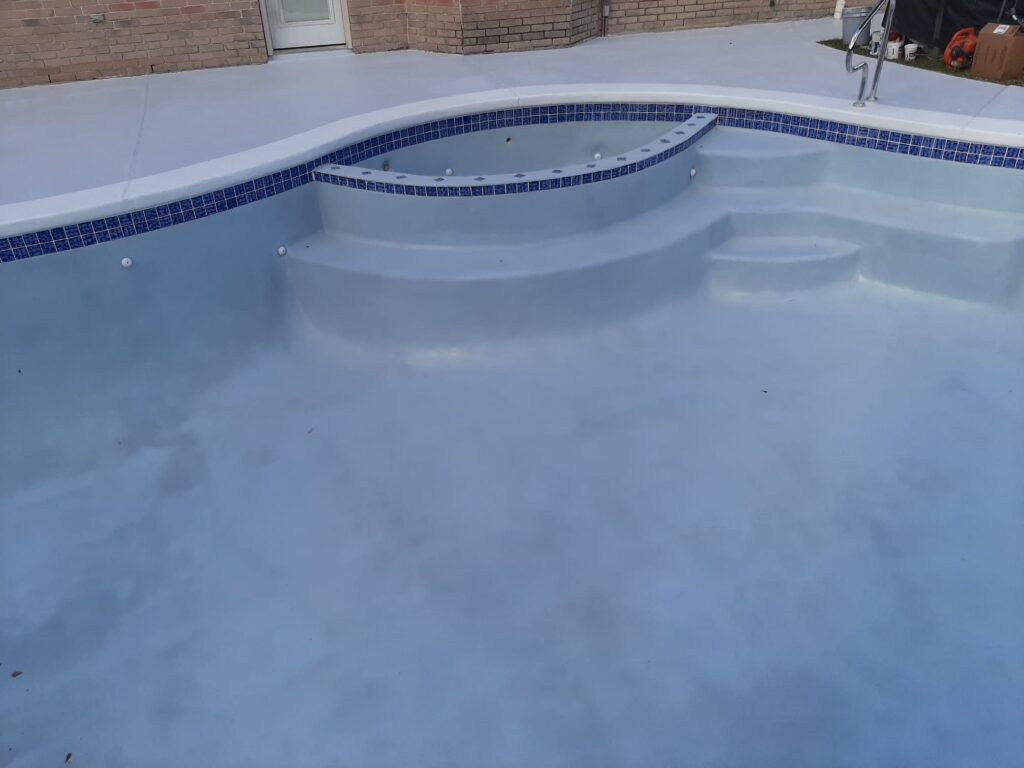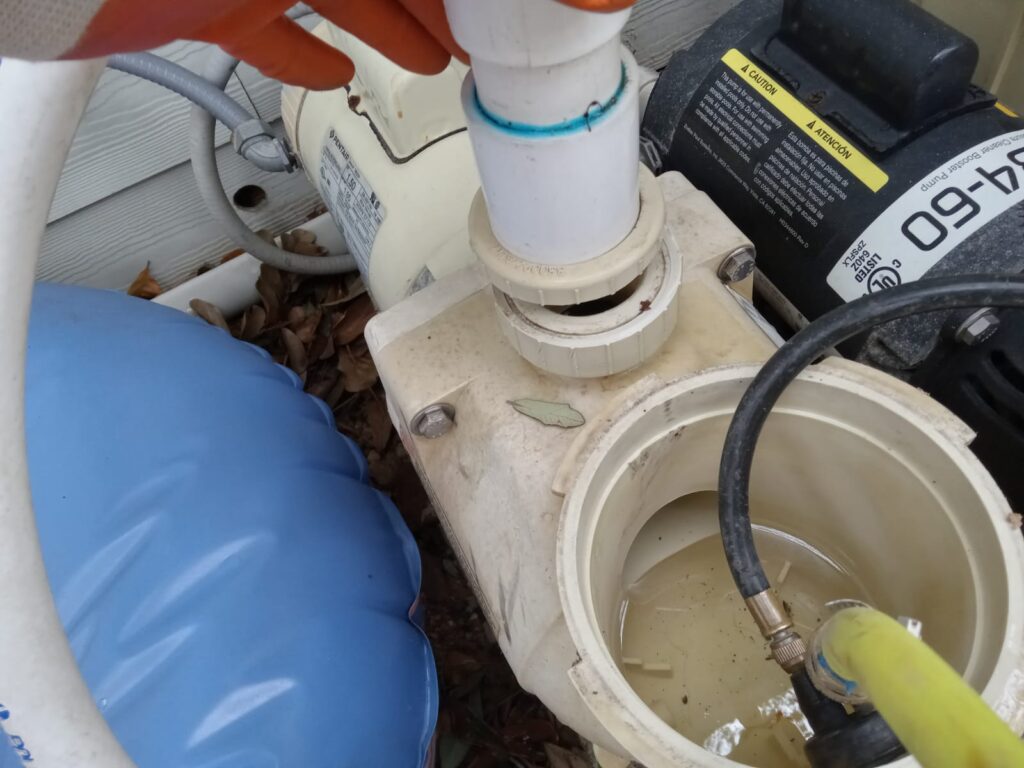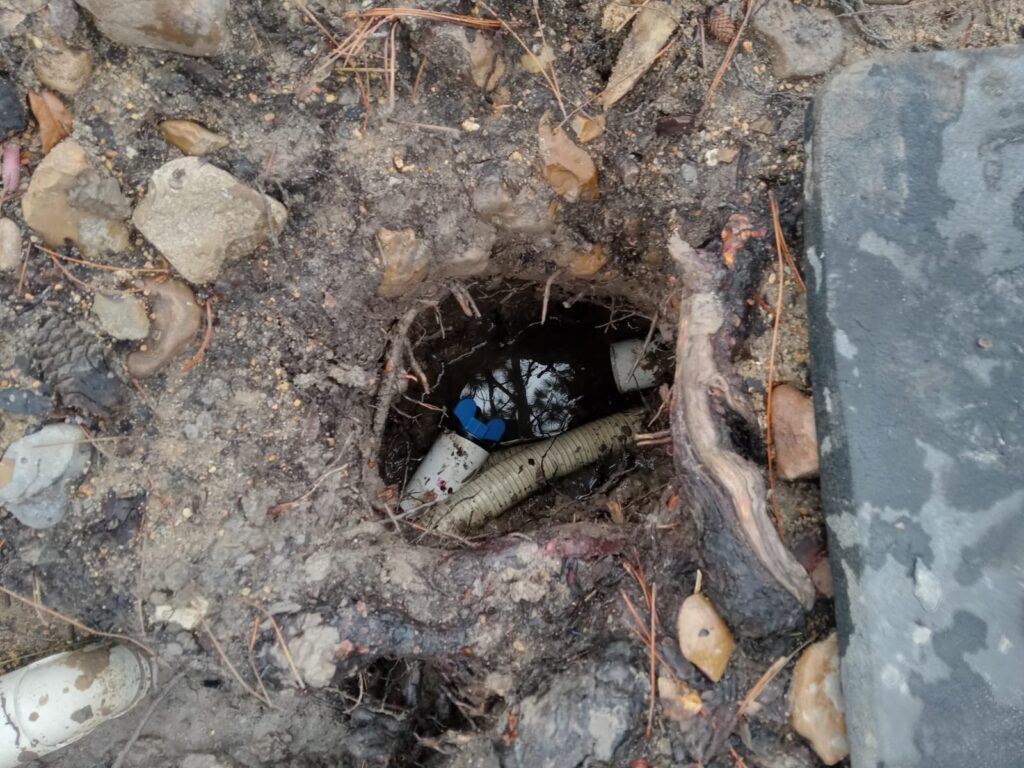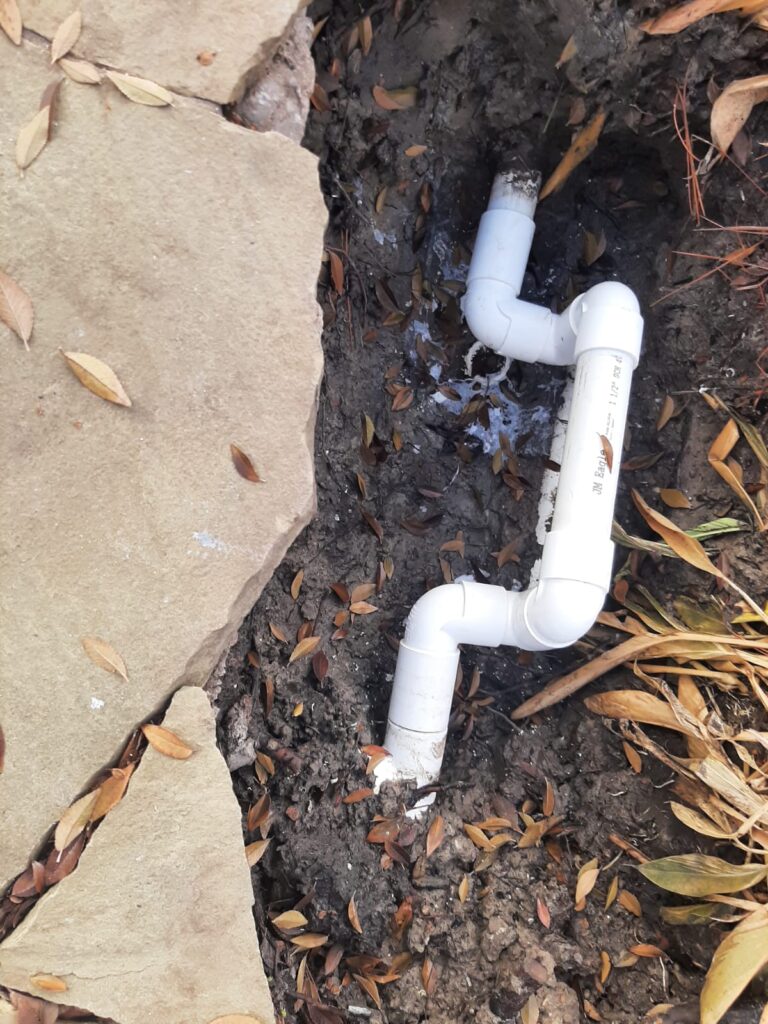Swimming Pool Houston
A swimming pool houston is a man-made basin, typically filled with water and used for recreation, exercise, or competition. They can be found in various sizes and shapes, ranging from small residential pools to large public ones, and can be made of concrete, fiberglass, or vinyl liner. Swimming pools typically require proper maintenance and cleaning to ensure safe and hygienic use.

Swimming Pool Equipments
Swimming pool equipment refers to the various components and devices used to maintain and enhance the functionality of a swimming pool. Some common examples include:
- Pool Pump: circulates water in the pool to keep it clean and clear
- Pool Filter: removes debris, bacteria and other contaminants from the water
- Pool Heater: warms the water to a desired temperature
- Automatic Cleaner: removes dirt and debris from the pool’s floor and walls
- Skimmer: removes debris from the surface of the water
- Chlorinator: adds chlorine to the pool water to kill bacteria and sanitize the water
- Pool Light: illuminates the pool at night
- Pool Cover: protects the pool from dirt, debris and other elements when not in use
- Pool Ladder or Steps: provide a way to enter and exit the pool
- Pool Alarm: alerts the owner or homeowner in case someone enters the pool without permission.
Swimming Pool Parts
Swimming pool parts can include:
- Pump
- Filter
- Chlorinator
- Skimmer
- Main drain
- Return jets
- Vacuum port
- Lighting
- Diving board or slide
- Ladder or steps
- Liner or tiles
- Heater
- Cover or safety fence
- Control panel or automation system
- Tiles or coping stones
- Decking or surrounding area
- Cleaning tools and accessories.
Main Drain;
The main drain in a swimming pool is a plumbing fixture located at the lowest point of the pool. Its purpose is to collect and remove water from the pool to the filtration system for cleaning and circulation. The main drain is typically covered by a grate to prevent accidental entrapment. It is important to keep the main drain functioning properly to ensure safe and effective pool operation.
Return line;
The return line in a swimming pool refers to the plumbing pipe or pipes that circulate the water from the pool back to the pump and filter system to be recirculated and cleaned. These pipes are typically located along the perimeter of the pool, near the waterline and have return jets that create a gentle flow of water back into the pool. The return line helps to maintain good water circulation and hygiene in the pool.
Skimmer;
A swimming pool skimmer is a device used to remove debris and floating objects from the surface of a pool. It typically consists of a basket attached to a long handle and a weir door that creates suction, pulling water and debris into the basket where it can be easily removed and disposed of. This helps to keep the pool clean and free of debris, reducing the need for frequent vacuuming and cleaning.
Spa;
A swimming pool spa is a small, typically circular pool that is used for soaking and relaxing. It is often located adjacent to a larger swimming pool and has jets that produce bubbles to provide a massage-like effect. Some spas also have built-in heaters to maintain a warm temperature, making them ideal for use in cooler weather. They are often used for therapeutic purposes, such as reducing stress and relieving muscle pain, and can also be used for recreational activities like socializing with friends and family.
Spa jets;
Swimming pool spa jets are nozzles or outlets installed in a spa or hot tub that release a high-pressure stream of water, creating a massaging effect. These jets can be adjusted in terms of direction and intensity to provide a personalized hydromassage experience. They are powered by a pump that circulates water through the jets and back into the pool or spa.
Water Feature;
A swimming pool water feature refers to any decorative or functional addition to a swimming pool that involves the flow of water, such as waterfalls, fountains, sprays, and jets. These features can enhance the aesthetics and ambiance of a pool area, as well as provide additional entertainment or relaxation options for swimmers.
Plumbing;
Swimming pool plumbing involves the installation of pipes, valves, and fittings that supply water to and carry away waste water from a swimming pool. The plumbing system helps to maintain a consistent water level in the pool and ensure proper circulation of water for cleaning and filtration. The plumbing components can include:
Main drains:
These are the large suction outlets located at the bottom of the pool that draw water from the pool to the pump.
Skimmers:
These are shallow suction devices located at the surface of the pool that remove floating debris.
Return jets:
These are openings in the side of the pool that return filtered and treated water back into the pool.
Pump:
This is the heart of the pool’s circulation system, responsible for drawing water from the pool through the filter and back into the pool.
Filter:
This is where impurities and debris are removed from the water before it is returned to the pool.
Chlorinator:
This adds chlorine to the water to keep it clean and free from harmful bacteria and algae.
Heater:
If the pool has a heating system, it circulates hot water through a separate set of pipes to warm the pool water.
It’s important to work with A Plus Leak Detection company install and maintain a swimming pool’s plumbing system to ensure proper function and prevent water damage.

Swimming pool leak detection can be done through a variety of methods, including visual inspection, water loss tests, and pressure testing. A common method is to measure the water level in the pool over a 24-hour period to see if it drops, indicating a leak. Another method is to use dye to check for leaks in visible areas such as around the skimmer and pump. A specialized pool leak detection company can use electronic equipment to detect leaks in the plumbing and underground. If a leak is found, it is important to repair it as soon as possible to prevent further damage and wasted water.
There are several ways to detect a pool leak, including:
Water level test: Mark the water level in the pool and check it again after a few hours. If the water level has dropped, there may be a leak.
Dye test: Add a few drops of food coloring to the water near the suspected leak and watch to see if the dye appears elsewhere, indicating a leak.
Pressure test: A professional can use a pressure gauge to test the pool’s plumbing system for leaks.
Electronic leak detection: A professional can use electronic equipment to detect leaks in the pool or pool plumbing.
Infrared cameras: A professional can use infrared cameras to detect leaks by identifying temperature changes in the pool or pool plumbing.
Visual inspection: A professional can visually inspect the pool and pool equipment for signs of leaks, such as cracked tiles, rust stains, or eroding pool decking.
Listen for leaks: You can listen for leaks by turning off all the pool equipment and listening for any hissing or gurgling sounds.
Use a pool leak detection kit: There are kits available that can detect leaks in the pool structure, such as the skimmer and return lines.
Use a pool water evaporation test: A professional can use a pool water evaporation test to measure the rate of water loss due to evaporation and compare it to the rate of water loss due to a leak
It’s important to note that if you suspect a pool leak, it is best to contact a A Plus Leak Detection company.
Leak Repair
Swimming pool leak repair can involve a variety of methods depending on the location and size of the leak. Some common methods include patching a liner, applying sealant to cracks in the pool’s structure, and replacing leaking pipes or fittings. It is also important to locate and fix the source of the leak to prevent it from recurring. It is recommended to hire a professional pool technician to repair leaks. They have the proper tools and experience to accurately locate and fix leaks.


